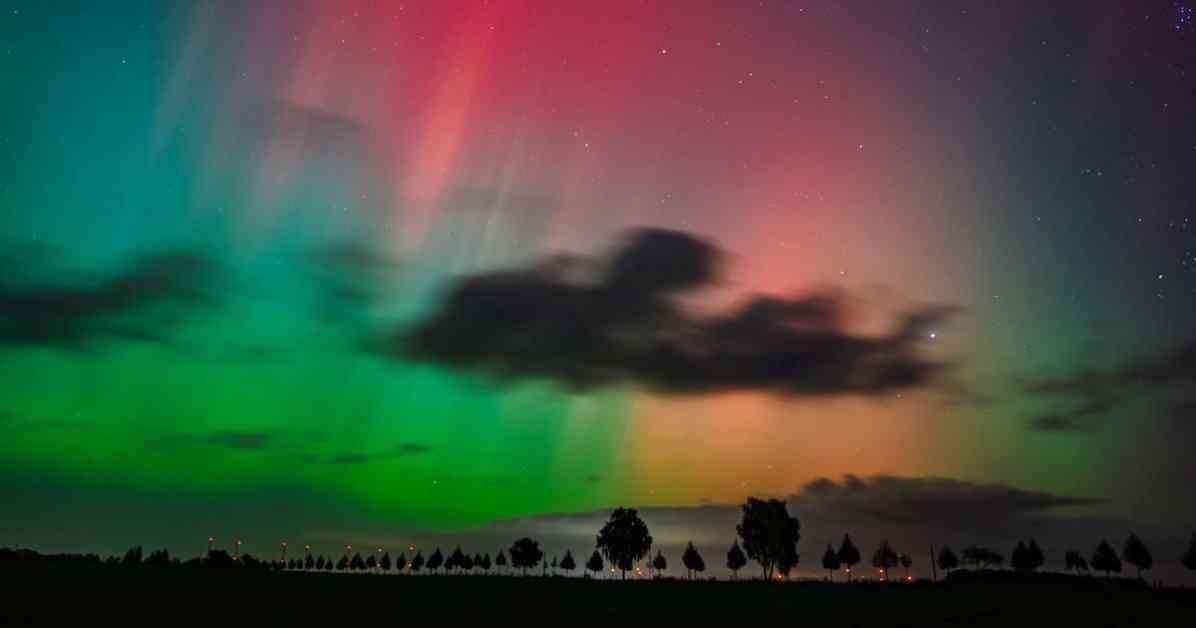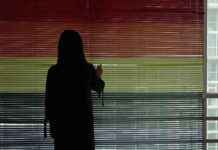Polar Lights Over Germany
When the night sky glows in different colors, it is called polar lights. In Germany, these lights are rarely seen in shades of red and green, sometimes yellow or purple. Recently, however, they have been appearing more frequently. The occurrence of polar lights depends on specific solar activities, which are expected to continue for some time.
How are Polar Lights formed?
It all starts with the sun. When the sun releases electrically charged particles into space, it triggers a phenomenon called a coronal mass ejection. These particles take about one and a half to three days to reach the Earth. While the Earth’s magnetic field shields most of these particles, during periods of strong solar winds, they can penetrate the Earth’s atmosphere and cause the air molecules to glow.
Why are Polar Lights currently more visible?
The sun is currently in a period of high activity, known as a solar maximum. Every eleven years, during the peak of the solar cycle, the sun’s magnetic poles reverse, transitioning from a quiet phase to an active and stormy state. This phase, according to NASA, could last for about a year.
Where are Polar Lights best seen?
The further north or south you are on Earth, the more likely you are to witness polar lights. These lights are called Aurora Borealis in the northern hemisphere and Aurora Australis in the southern hemisphere. However, even in regions beyond the Arctic Circle, polar lights are not visible every night.
In which direction should you look to see Polar Lights?
Since they are also known as Northern Lights, you should look towards the north to spot them. Initially, a reddish glow may appear, resembling distant fire. As they grow larger, they turn green and appear at mid-level height. Particularly vibrant polar lights may even exhibit slow movements resembling curtains in a gentle breeze, filling the entire sky in the case of massive displays.
Where in Germany can you best see Polar Lights?
Polar lights are more visible in the north than in the south of Germany. Even a few hundred kilometers can make a difference. Those interested can use polar light alert apps to receive notifications about potential sightings. However, these apps are most accurate only half an hour in advance when satellites can measure the charged particles about a million kilometers away.
How to photograph Polar Lights?
According to expert Uwe Pilz, modern smartphones with a night mode feature can capture polar lights effectively, even without a tripod. These phones can take multiple short exposures over ten seconds and merge them to enhance the image. Cameras often capture brighter and more intense polar lights than the naked eye, thanks to their light-sensitive sensors.
The current period of solar activity presents a unique opportunity to witness and photograph polar lights, providing a mesmerizing natural spectacle for sky gazers and photography enthusiasts alike.

















